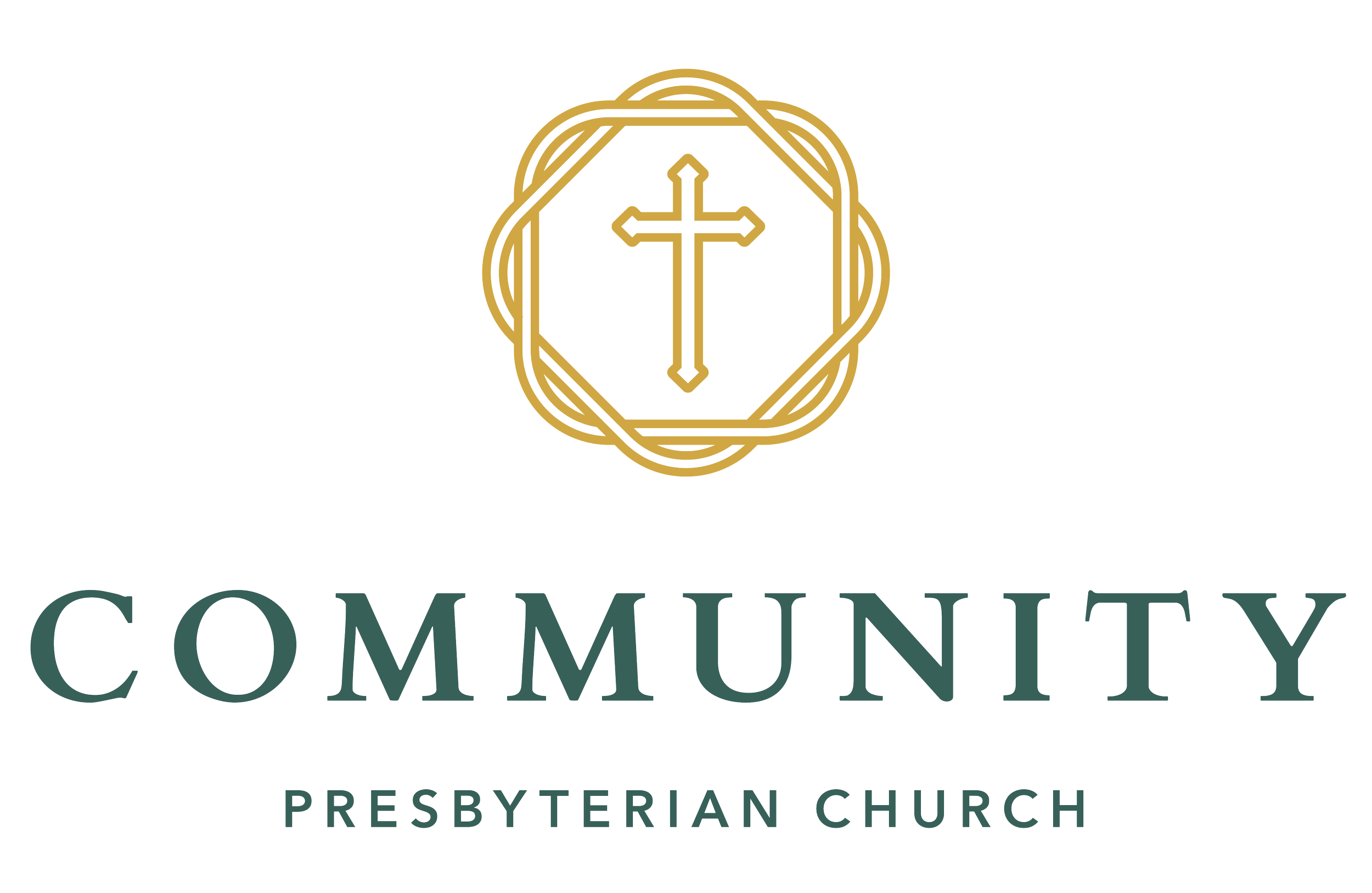What Is the Lord's Supper? Part VIII
Ever since the beginning, Scripture has revealed that the great end for which we are made is communion with God. This communion finds it’s clearest expression in feasting. That’s why in many respects the climax of what we do in worship is seen in the sacrament of the Lord’s Supper. When we feast at the Table we are brought into that intimate communion with God. When we consider the question, “What is the Lord’s Supper?” one of the appropriate answers is to say that the Lord’s Supper is a consummation meal. It’s a meal that has packed into it all the good things that God has been preparing for His people ever since He created us.
Think of the pattern that we find over and over again in the Bible. In the beginning, God created man in His image. There was a call to obedience sent out (Genesis 2:17). Man was expected to respond in faith and submission. As a reward for this obedience, Adam would have been privileged to feast with God at the Tree of Life (3:22). This was the goal: eternal feasting and fellowship with God Himself. But man sinned. Though God dealt punishment by withholding the fruit of the Tree of Life, He did so only for a time. As Scripture unfolds, we see evidence that God was still holding out that initial invitation.
Think of the establishment of Israel as a nation in the Book of Exodus. God covenants with His people in a way very similar to that of Adam in the garden. He calls them to obedience (Exodus 20), they are meant to respond in faith (Exodus 24:3, “Moses came and told the people all the words of the LORD and all the rules. And all the people answered with one voice and said, “All the words that the LORD has spoken we will do”). As a reward, the people feast with God: “Then Moses and Aaron, Nadab, and Abihu, and seventy of the elders of Israel went up, and they saw the God of Israel. There was under his feet as it were a pavement of sapphire stone, like the very heaven for clearness.And he did not lay his hand on the chief men of the people of Israel; they beheld God, and ate and drank” (24:9–11).
They weren’t eating of the Tree of Life, but it was a promise that one day they would. And so it was a practice incorporated into Israel’s rhythm of worship. This no doubt set the foundation for what was called the shelamin offering, or the peace or fellowship offering. Given only after the atonement or sin offering, we read of this in Leviticus 7. The blood would be offered to God, but the meat would be cooked and their would be a fellowship meal with both the priests and the worshippers. As scholar Tremper Longman writes, “Functionally speaking, the shelamin was a religious celebration with food, a banquet, so to speak, in the presence of God himself.”
It was this practice of covenantal worship that drew Israel to the conclusion that our great desire as people of God should be the desire to eat a meal with God face-to-face. In the parable of the great banquet, what launches Jesus into this teaching is the fact that an anonymous dinner guest sitting next to him exclaims, “Blessed is everyone who will eat bread in the kingdom of God!” (v.15). As this guest says, true blessedness is to be able to partake of this meal (see Psalm 22:26, Zephaniah 1:7, and especially Isaiah 25:6-9).
And thus Revelation shows us that the grand end—if such a temporal marker can be used—of our eternal worship is to finally feast on the Tree of Life at the Marriage Supper of the Lamb (Revelation 19:9, 22:2, 14). As you prepare to come to the Lord’s Table next week, think on this. We are given a literal taste of the meal that was extended to Adam at the very beginning and the meal that we will one day have with Jesus at the very end.
